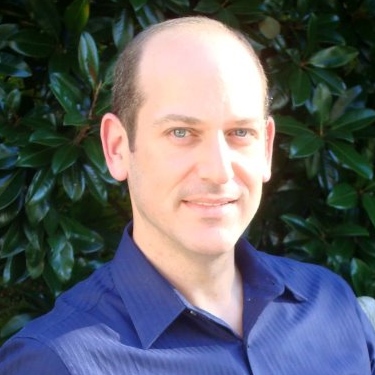
News

The conflicts and choices Jews face
TALI FEINBERG
Goldstein is the Judith London Evans director of the Tam Institute for Jewish Studies at Emory University in Atlanta, Georgia, where he is also associate professor of history and Jewish studies. He was in South Africa recently to conduct research and to address audiences about his recent work, exploring emigration routes from Lithuania.
Author of an award-winning book The Price of Whiteness: Jews, Race, and American Identity (Princeton University Press, 2006), Prof Goldstein explains that when Jews arrived in America and South Africa in the late 19th and early 20th centuries, it was the first time that they were not a persecuted minority.
In this new context, they made difficult decisions about their Jewish identity. They often chose to assimilate into the “white class”, despite still feeling a sense of difference and kinship with minorities.
Now, as Jews see racism and anti-Semitism rising under the new American administration in 2017, these questions are brought to the fore.
Trump got about 25 per cent of the Jewish vote, which is typical for the Republican Party, with Jews mostly supporting the Democrats. Yet, some Jews see Trump as good for Israel, while others hope he will take harsh measures against terrorism.
“That ideal vision of America as the land of opportunity for all, is being challenged,” says Goldstein. “The dilemmas we don’t like to think about are arising – where do Jews belong? As part of the privileged establishment or the oppressed minority?”
These questions and more are raised in his book, where he explores the “average, everyday experience” of ordinary people – in this case, Jewish immigrants who came to America and for the first time had to deal with a culture “not of their own making”.
This led to them limiting their expressions of difference, meaning that they paid a price of giving up most of their Jewish identity and culture in favour of integrating into the white majority.
Yet, despite these sacrifices, Jews were still excluded socially and many chose to rebel against this choice of integration. Goldstein explains that there will always be Jews who stand up for the oppressed, or against white privilege, be it in the civil rights movement, the anti-apartheid struggle, South Africa’s current housing or education crises, or protests against Trump and in the BlackLivesMatter movement.
Jews are often disproportionally represented in anti-establishment groups, even if they are usually atheist and don’t identify as Jewish. “Something in their history or family background often propels them to act,” says Goldstein.
His current area of research is quite different, taking him to the small towns of Lithuania to explore what motivated people to emigrate to South Africa, Canada, the United States and other places of opportunity. Again, he is looking at the lives of ordinary men and women, and says he is “struck by the spirit of adventure and resourcefulness that many young people had” as they ventured away from home.
Dispelling the many myths and the folklore that surrounds Jewish history in Lithuania, Goldstein explains that Jews often lived peacefully alongside local Lithuanian peasants in small towns, which he prefers not to call “shtetls”, as this implies that they were only Jewish. He explains that in Czarist Russia Jews did not face many pogroms, as society was very settled, with each community having a role to play. With the rise of nationalism in the late 19th century, this shifted and Jews became the target of frustrations.
However, Goldstein sees the primary reason for emigration as the need for new economic opportunities. He explains that Jews depended on family networks, which were often linked by marriage. As one family member moved to a new country, others followed. This often led to many Jews from one specific place immigrating to a certain specific town in South Africa – for example, Krugersdorp or Kroonstad had such populations.
Aiming to dispel romantic notions of “life in Lithuania”, Goldstein describes a world where Jews were sometimes more prosperous than imagined and who sometimes served as “links” between the poor and the nobility, as they were often skilled professionals on good terms with the authorities. Yet, being on the “frontier of Jewish life, where they no longer saw a chance to grow”, they started to search for new opportunities.
Equally, while the United States and South Africa may have been mythologised as “the Land of the Free”, “the American dream,” or the “Cities of Gold”, the reality is much more complex, as demonstrated by Goldstein’s work. Indeed, he urges his readers to ask questions, both about the past and present, and to be open to reviewing historical myths in a new light.




